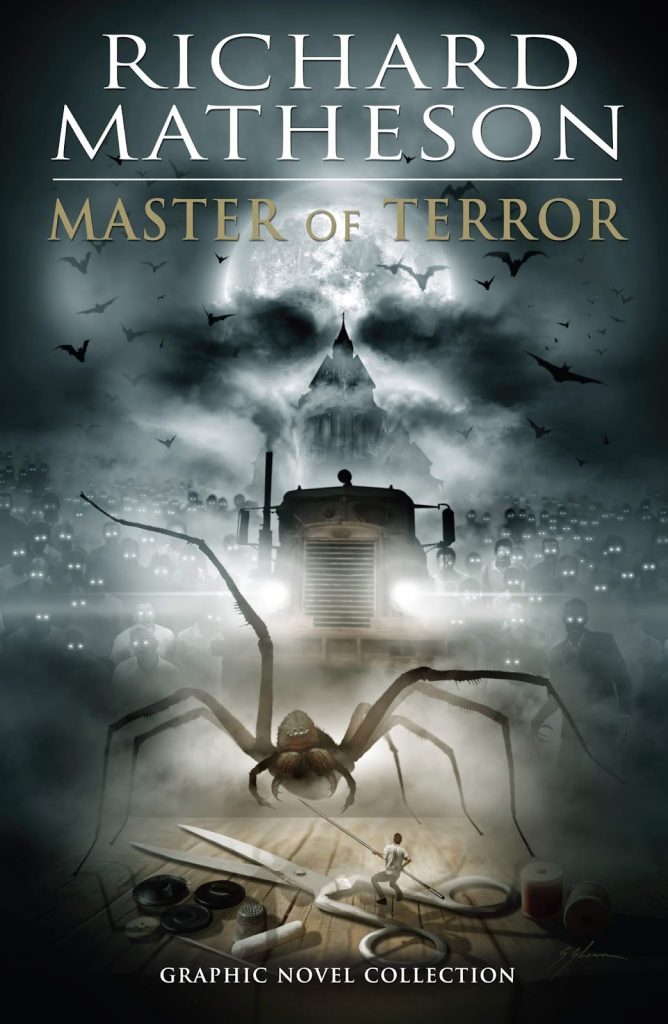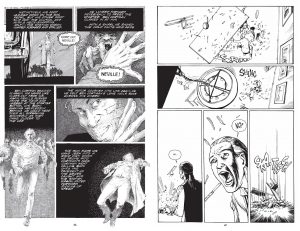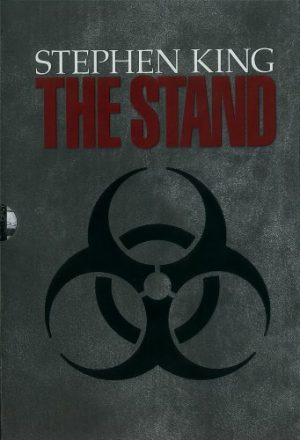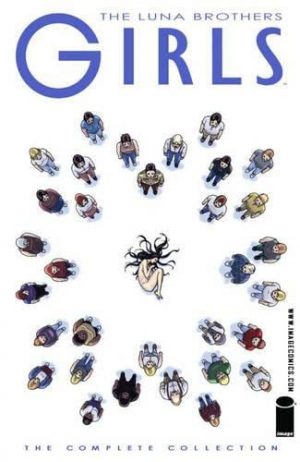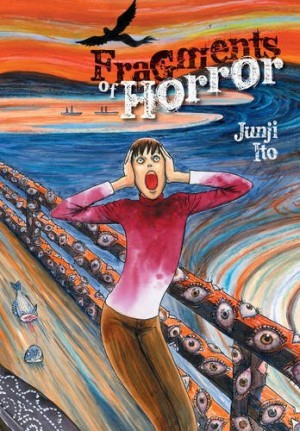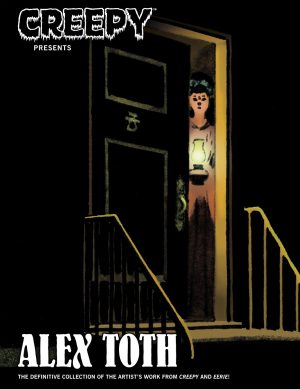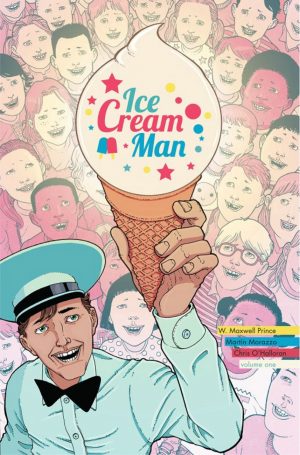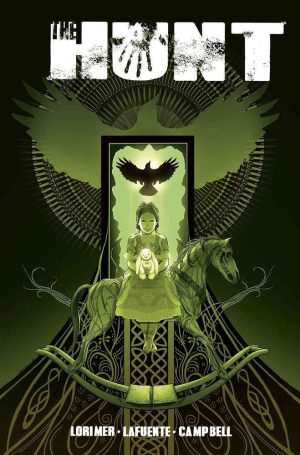Review by Ian Keogh
While Richard Matheson’s name is revered by readers of horror fiction, it perhaps hasn’t trickled very far into the wider world, yet his stories repackaged in comics form here have been filmed eight times in total, some more faithfully than others. Here, faithful is a watchword for the adaptations of four stories previously issued as standalone graphic novels.
Versions of I Am Legend account for half the film total, here adapted by Steve Niles and Elman Brown, and occupying the largest amount of pages. As far as he knows Robert Neville is the last human alive after a vampire plague. He carries the entire bleak narrative, given brief moments of hope, but his life otherwise one of dull protective routine, isolation and alcoholic despair. Niles treats the 1954 novel reverentially, which sometimes results in pages featuring large blocks of text encircling the single illustration, but which provide full insight into Neville’s mind. Brown is influenced by Bernie Wrightson, and produces some evocative and finely drawn pages, all the more remarkable for the sheer number of times he has to draw Neville going through every emotional state. However, there are rough edges, especially on a prominent character introduced near the end. Occasionally dry and too analytical, this is nevertheless a landmark story and this adaptation works.
Ted Adams and Mark Torres taking on The Shrinking Man is the one disappointment, ordinary rather than startling, which makes it a shame it leads off the collection. Torres never comes to terms with perspective, even accounting for Scott Carey shrinking all the time, and stiff poses and lack of depth also afflict the art. Adams adapts the novel, not the better known film screenplay, and the less linear approach Matheson takes to the novel is different, while he includes several other scenes. The theme of gradual impotence survives, but it’s the weakest offering.
Duel originally appeared in Road Rage, where it was accompanied by a homage story written by Joe Hill and Stephen King that’s absent here. It’s best known as Steven Spielberg’s directorial début, and ideally suited to a comics adaptation as it’s fundamentally one long chase sequence of a driver chased by a truck with the tension continually cranked up. Chris Ryall filters through the terror and Rafa Garres delivers the atmosphere by constantly closing in the veiwpoint, making it seem as if the vehicles are struggling to burst loose from the panel borders. It’s a fine adaptation.
Almost as good is the closing Hell House, which also has a lot of space to breathe, yet is deliberately claustrophobic, mostly confined to the single location of a house once owned by an occultist. A team of specialists are employed to stay there and discover proof of the afterlife within a week. It’s a story that set the template for much film horror, yet Simon Fraser’s art defies usual horror technique by emphasising light, not shade, and his strong definition of the cast does the rest. Ian Edginton’s adaptation ensures all the necessary moments have the required weight, and the ending will surprise, being satisfyingly unpredictable.
So, four cracking stories from a master storyteller dealing in intelligent horror. Even discounting one not presented as well as it might be, no-one’s short-changed by Master of Terror.
